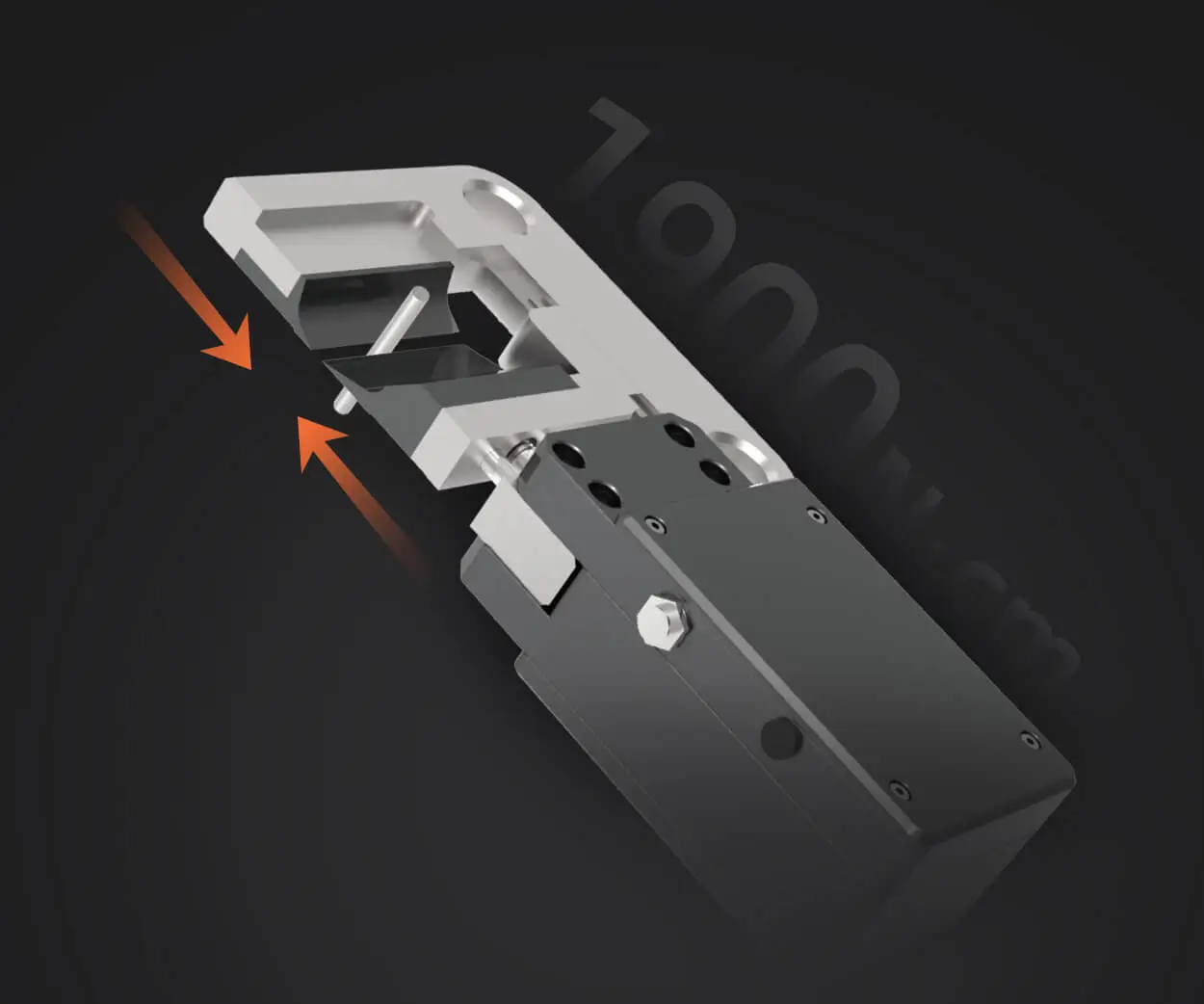Imagine you're digging into the world of motors — yeah, those tiny powerhouses that make everything from drones to electric bikes move. Ever looked at a product and wondered, "Should I pick a brushed or brushless motor?" It's a common question. Let's talk about this choice, because the difference is more than just a technical mumbo jumbo; it’s about performance, longevity, and your overall experience.

First up, brushed motors. They’re kind of like the old faithfuls. Simpler design, cheaper upfront, and straightforward. They work by using brushes and a commutator to switch electrical current, which then spins the rotor. If you’re someone tinkering in a garage or just exploring hobbies, brushed motors might seem like the easy ticket. They’re less complicated to repair — if a brush wears out, swap it out, no big deal. But here’s the catch: they tend to heat up more, wear out faster, and you’ll need to replace brushes eventually. In racing or heavy-duty use? That's not ideal. Over time, the friction from brushes adds to wear, which means reliability drops off faster.
Now, flip to brushless motors. They've been making waves lately. No brushes, no commutator — instead, they rely on electronic controllers. That means less friction, less heat, and a more efficient power transfer. Smooth, quiet, and way more durable. If you’ve ever been on a high-performance drone or an electric scooter that just keeps going strong even after months, chances are it’s got a brushless motor. They’re pricier initially, sure — but the savings come over the long haul. Think about maintenance, less downtime, and a longer lifespan overall.
What about power? Watching a hobbyist drone pull off a tight ascent with barely a wobble? That smoothness comes from the brushless setup. It provides better torque at higher RPMs without overheating. Plus, because they’re less prone to wear, they’re perfect for continuous operation or demanding environments.
And here’s a real-world question many ask: "Will switching from brushed to brushless save me money in the long run?" Definitely. They cost more upfront, but the durability and performance make up for it. Plus, improved efficiency means less energy wasted, which translates into longer runtimes for batteries.
Think about the maintenance. Imagine not having to deal with replacing brushes every few months. That’s a relief. Brushless motors also tend to be smaller for the same power output, which means potential for more compact designs.
So, if someone’s eyes are lighting up at the idea of a long-lasting, efficient, quiet, and high-performance motor, brushless is the way to go. But if budget's tight and your project isn't pushing limits, brushed might still get the job done — at least temporarily.
A little tip: always look at how the motor will be used. Heavy-duty, constant operation? Brushless shines. Occasional use? Brushes could suffice. The key is matching the motor type to what’s most important — whether that’s initial cost, durability, or long-term performance. That’s the real trick to a good choice.
Kpower has delivered professional drive system solutions to over 500 enterprise clients globally with products covering various fields such as Smart Home Systems, Automatic Electronics, Robotics, Precision Agriculture, Drones, and Industrial Automation.




































